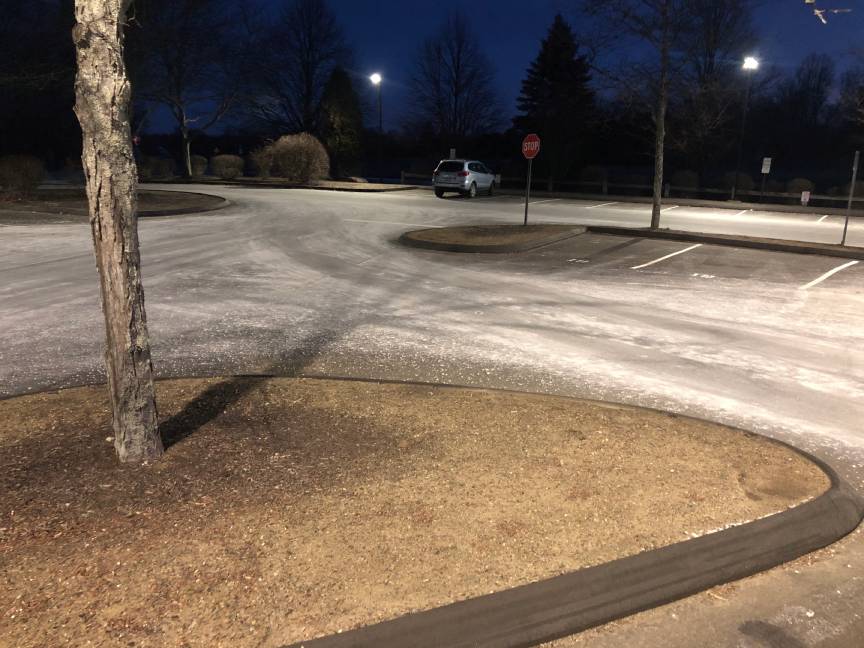Let’s be Crystal Clear on Road Salt
It’s hard to make people care about the environment. Climate warming, polar bears threatened, air quality getting worse, rising seas…why don’t we add road salt to that list?
This is an unrecognized problem, and like with other climate change issues, if steps aren’t taken soon, it will be nearly impossible to reverse the negative effects.
Salt seems like a natural choice to combat ice, but it can contaminate drinking water in nearby water holes, causing the wildlife that depend on that water source to become ill or die.
The extra salt that collects on the side of the road will kill plants along the edge. This vegetation is not only food for animals, but it also helps with run-off water throughout the year.
Using road salt can also cause damage to driveways and roadways by wearing them down and requiring costly maintenance and repairs.
But it’s not like we can change methods so easily. Road salt is very easy to find, cheap, and could save your life. It’s a lot like plastic.
Fortunately, there are some solutions. Magnesium chloride is one option. It’s safer than salt, but is three times more expensive, a cost not many towns would willingly spend.
Another solution is porous pavement which allows water to seep through the pavement before the water can even think about turning into ice.
There are also solar power roads consisting of panels that melt the snow and ice through heating water in pipes embedded in the road. Vehicles can drive on them while they make a renewable/clean source of energy as well.
what can BMS do to help? “One method involves treating roads before storms with a salt brine solution, which can lead to a 75 percent reduction in the amount of salt used while keeping roads just as safe,” according to the Cary Institute.
If we take these small steps to help save the environment, they will add up to something greater.



